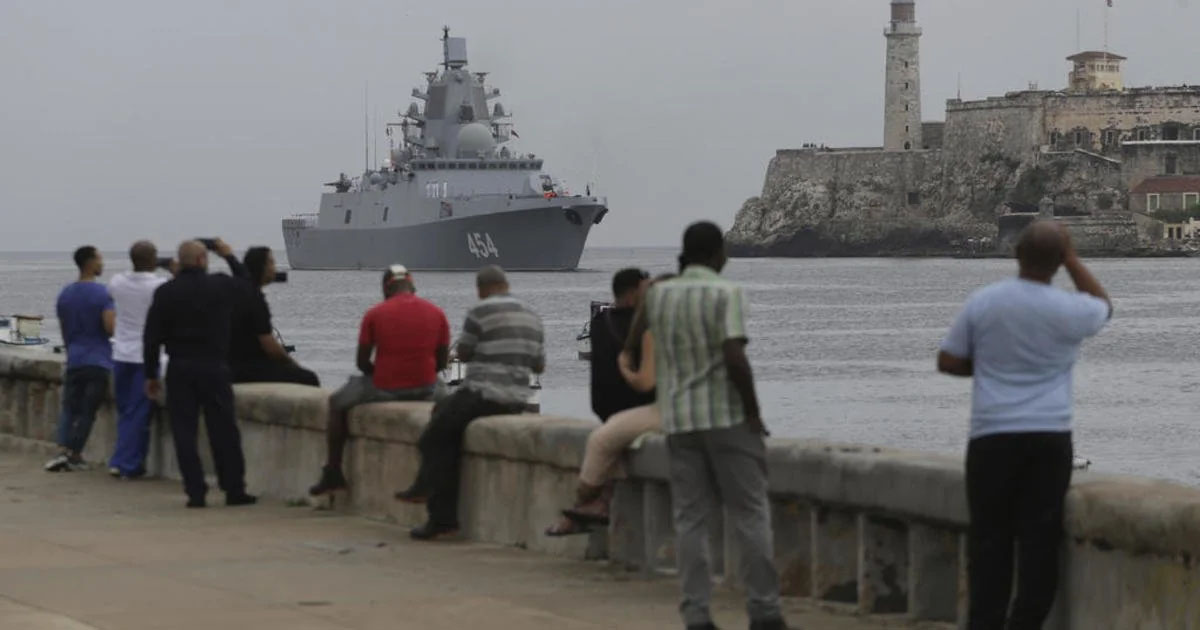
Photo Credit: Getty Images
Russian warships departed from Cuba on June 14, 2024, after a five-day visit that highlighted the continuing military ties between Moscow and Havana. The visit, which commenced on June 9, 2024, involved a small flotilla of Russian vessels, including a guided-missile frigate and a logistics ship. The warships' presence underscored Russia's efforts to project power and influence in the Western Hemisphere, a region traditionally dominated by the United States.
During their stay, the Russian navy engaged in a series of diplomatic and ceremonial activities. These included meetings with high-ranking Cuban military officials and joint exercises aimed at enhancing maritime cooperation between the two countries. The visit was marked by a strong emphasis on strengthening the historic ties that date back to the Cold War, when the Soviet Union was a key ally of Fidel Castro's Cuba.
The arrival of the Russian warships in Cuba was closely monitored by the international community, particularly by the United States. The presence of Russian military assets in such close proximity to American shores revived memories of the Cuban Missile Crisis of 1962, albeit on a much smaller scale. U.S. officials expressed concern over the implications of Russia's military activities in the Caribbean, viewing them as a potential challenge to regional stability and a signal of Russia's intent to expand its geopolitical influence.
Despite these tensions, the Cuban government welcomed the Russian naval delegation warmly. The visit was seen as a reaffirmation of Cuba's sovereign right to engage with global powers independently of U.S. influence. Cuban leaders praised the collaboration as beneficial for both nations, emphasizing the mutual benefits of military and economic cooperation.
The departure of the Russian warships on June 14, 2024, marked the end of a visit that was as much about symbolism as it was about strategic interests. For Russia, it was an opportunity to demonstrate its reach and reaffirm alliances far from its borders. For Cuba, it was a chance to showcase its enduring relationships and its defiance of American hegemony in the region.
In conclusion, the five-day visit of Russian warships to Cuba served multiple purposes: reinforcing old alliances, projecting military power, and challenging the geopolitical status quo in the Americas. While the immediate impact of the visit may be limited, it underscores the continuing complexity of international relations in the post-Cold War era, where old rivalries and new partnerships intersect in unpredictable ways.


















